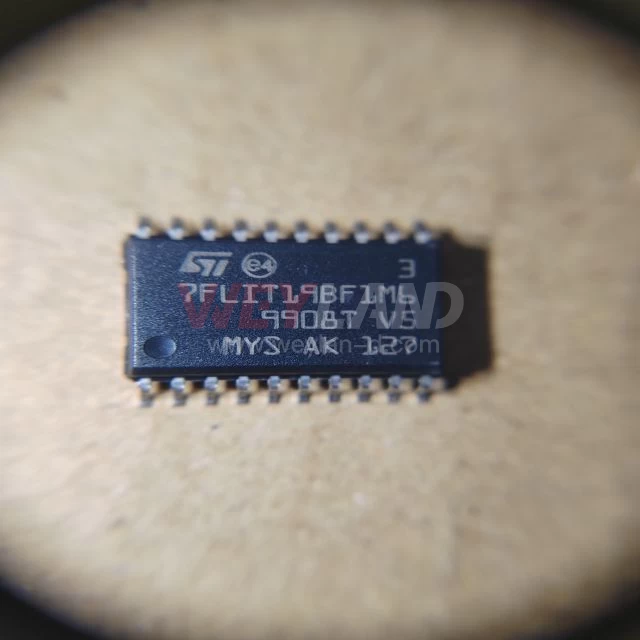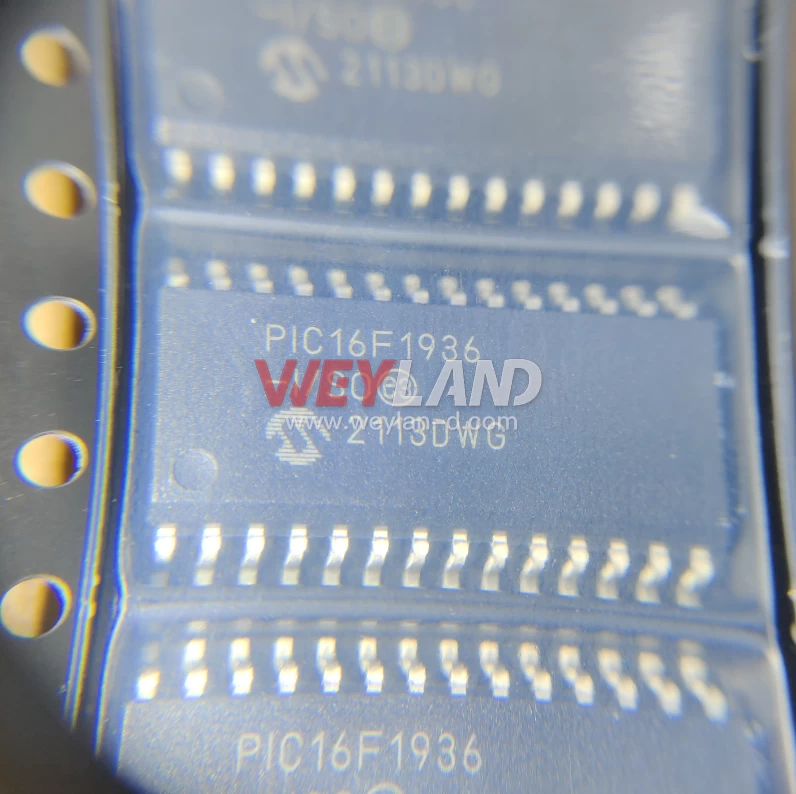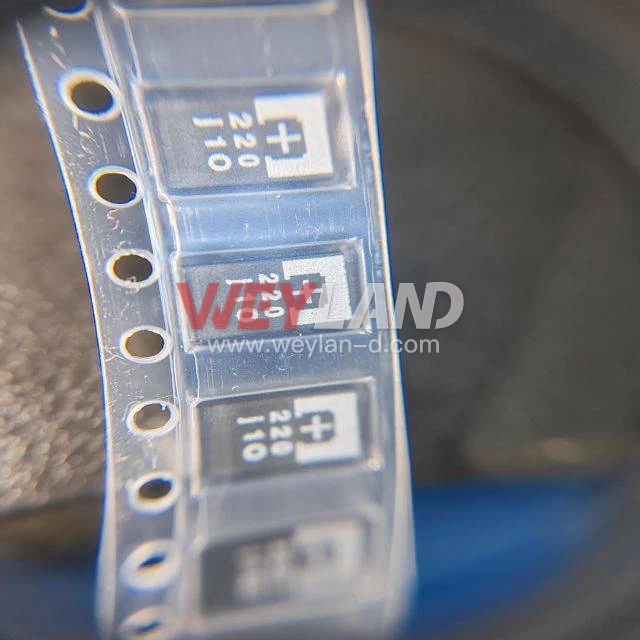



socket four chip direction
In today's ever-changing technology field, the socket four-chip solution, with its unique advantages and wide adaptability, has created a lot of waves, outlining a brand new prospect for the performance of many types of equipment to jump up and expand functionality, and becoming a key driver of innovation in many industries.
From the perspective of computer hardware, the four-chip socket layout is mostly found in high-end servers and workstations. The traditional single-chip architecture, with the exponential growth in computing power demand is gradually showing fatigue; four chips in parallel operation is like the formation of a “super team”. Core processor chips play their respective roles, collaborative processing of massive data operations, whether it is a financial institution complex modeling operations, research institutes, intensive data simulation, or film and television special effects rendering, the original time-consuming tasks instantly “speed up”. Multi-chip combination allows the cache system to expand, data reading, temporary storage efficiency increased greatly, the system response smooth, lag has become a thing of the past; at the same time, although the thermal design is a challenge, but gave birth to a more efficient thermal solution, liquid cooling, air cooling synergy to ensure that the chip is low-temperature, stable operation, to extend the life of the hardware.
In network communication equipment, the Socket four-chip architecture has reshaped the performance pattern of routing and switching. One chip focuses on the underlying data forwarding, following routing protocols to accurately distribute packets; one chip specializes in traffic control, intelligently identifying different business flows, and allocating high-priority bandwidth for video conferencing and online gaming to ensure a smooth experience; and the remaining two chips devote themselves to security encryption and protocol upgrades to withstand cyber-attacks and seamlessly adapt to emerging network standards. With this, the enterprise network realizes efficient internal and external communication, is stable in the data flood, reduces the packet loss rate, and supports 24/7 uninterrupted operation of remote offices, cloud services, and other services.
In the field of artificial intelligence, the four-chip combination is even more brilliant. In the training phase, the number of parameters of deep learning models can easily be hundreds of millions, and multi-chip parallel computing can significantly compress the training time. Each chip disassembles the neural network layer operation from different dimensions, and optimizes the weight parameters synchronously; in the inference stage, the four chips quickly retrieve the training results, analyze the monitoring screen in real time for intelligent security, accurately identify suspicious people, and instantly prejudge the road conditions and plan the routes for the automatic driving scene, so that the intelligent equipment can react with a “zero time lag” to unlock more complex application scenarios, and promote AI from the beginning to the end of the AI field. This allows intelligent devices to respond with “zero time lag”, unlocking more complex application scenarios and promoting AI from the laboratory to all corners of life.
On the consumer electronics side, high-end game consoles and professional graphics workstations have introduced the Socket four-chip concept. When gamers are in the heat of battle, the four chips are in full swing, with the CPU core doing its best to ensure smooth game logic and realistic AI scenes; the GPU chip renders exquisite images with vivid light and shadow effects; and the other chip handles audio effects and physical simulation, resulting in an all-around immersive experience that far exceeds that of the past. In graphic design and 3D modeling scenarios, designers can operate smoothly, rotate complex models in real time, carve details accurately and efficiently, and render pictures instantly, inspiring endless creative potential.
Although Socket's four-chip solution has significant advantages, it also faces integration complexity and power consumption coordination challenges. The R&D team needs to carefully sculpt the chip interconnection architecture to optimize communication latency; in terms of power management, dynamic frequency regulation and intelligent sleep strategy are adopted to balance performance and energy consumption. Looking ahead, with the advancement of process technology and the innovation of architecture design, the Socket 4 chips will definitely emerge in more cutting-edge fields, continue to empower technological progress, and rewrite the rules of smart device experience.

Please contact us if the source is mislabeled or violates your legal rights.
We will promptly correct and delete, thank you.










.9246509.png)












[email protected]
7500A BEACH ROAD #04-307 THE PLAZA SINGAPORE (199591)
RM 705.7/F.FA YUEN COMM BLDGNO.75-77.FA YUEN STREET.MONGKOK.KLN.HONG KONG
